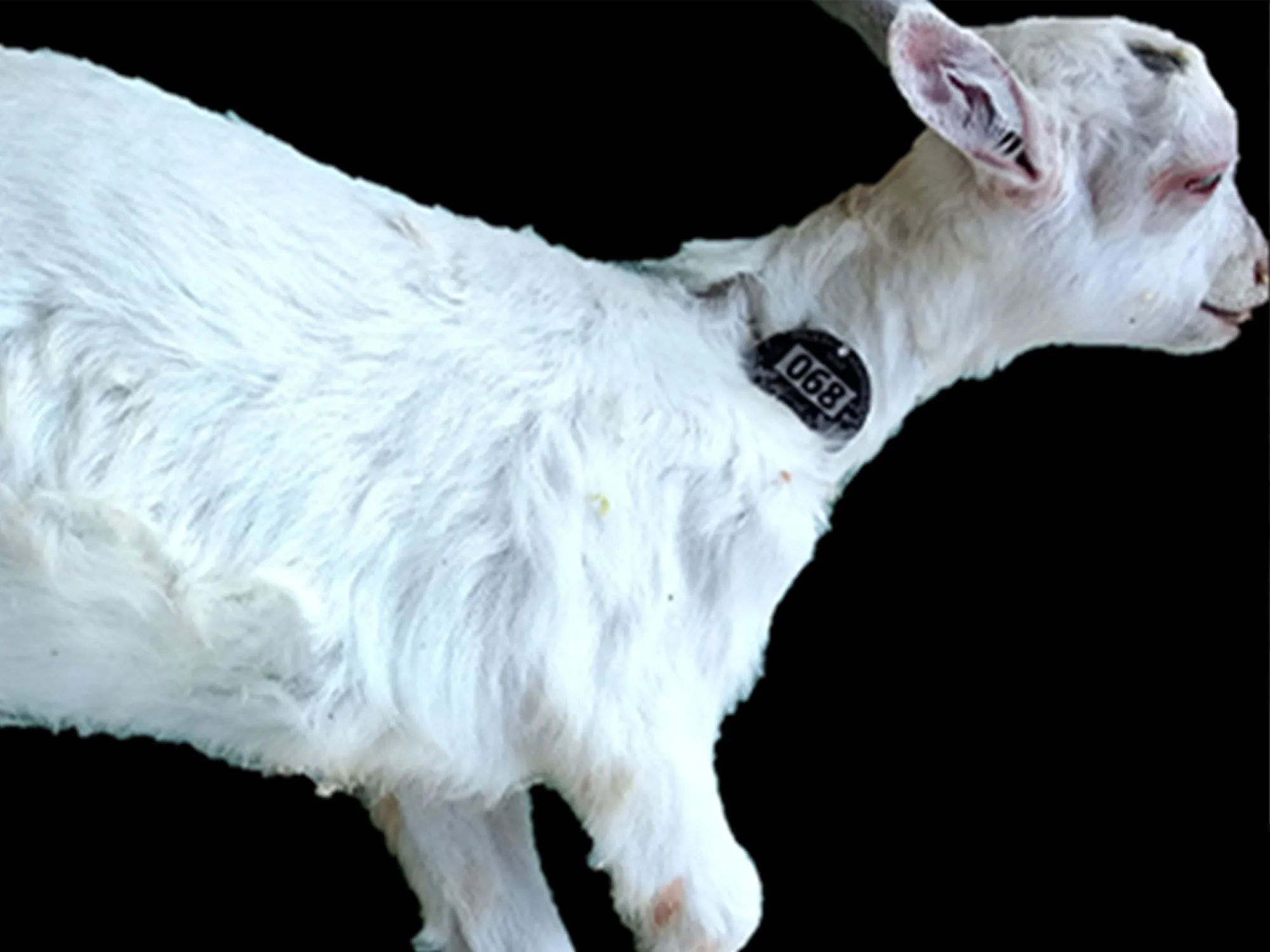Outbreak of abomasal bloat in goat kids due to Clostridium ventriculi and Clostridium perfringens type A
DOI:
https://doi.org/10.24070/bjvp.1983-0246.v15i2p99-104Keywords:
artificial feeding, Clostridium spp., enterotoxemia, milk replacementAbstract
We described an outbreak of abomasal bloat in goat kids. Increased mortality with a history of abdominal bloating, dullness, and death was reported. Postmortem exanimation revealed dehydration, pale mucosa, ascites, abomasal tympanism and intestinal meteorism and congestion, and emphysematous abomasitis. Cytological evaluation from abomasum revealed gram-positive bacteria with a cuboid shape suggestive of Clostridium ventriculi, gram-positive bacilli suggestive of Clostridium perfringens, and ovoid basophilic yeasts. C. ventriculi and C. perfringens type A were confirmed by anaerobic culture and molecular tests. Histopathological findings revealed emphysematous abomasitis, necrosis of the gastric and intestinal walls, gastroenteritis, and intestinal thromboembolism. The possible associated factor was erroneous use of the milk replacer associated with inadequate kid management. Finally, the prophylactic measures suggested such as hygiene care, proper use of milk replacer, clostridial vaccination plan, and a good colostrum management were able to control the outbreak.


